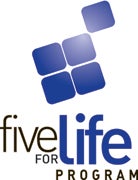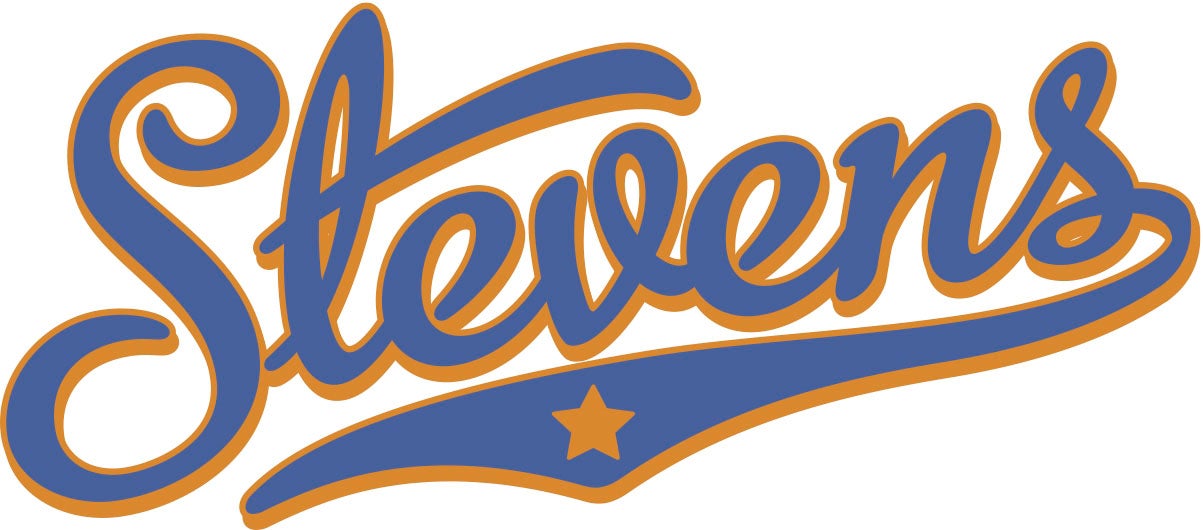Five for Life
Physical Education All School Instructor is Susan Goubert
Five for Life – Seattle’s PE Curriculum
In 2008 Seattle Schools adopted the Five for Life PE Curriculum. This curriculum spans grades K-12. The Basic program is used in elementary schools, Intermediate aims at grade 6-8, and the Advanced program is for high school. It builds on itself logically, introducing concepts then revisiting them in later years. The goal is to educate children on how to be fit for a lifetime.

Stevens was one of the 12 schools to pilot this program in 2008-2009. It has now been rolled out throughout the district. We are already beginning to see the benefits of the new program.
Five for Life refers to the five components of fitness:
- Cardiorespiratory endurance
- Muscular strength
- Muscular endurance
- Flexibility
- Body composition
People need to have the knowledge of what these are and how to improve them in order to be healthy.
Cardio-respiratory endurance is the ability of the heart and the lungs to work together to provide oxygen to working muscles for long periods of time. Think running, swimming, cycling, hiking, ultimate frisbee, soccer, dancing and so on. Cardio-respiratory endurance is improved when students keep their heart and lungs working at a higher than normal intensity level for periods of at least 10 minutes. The goal is 60 minutes a day. Students measure their own level of cardio respiratory endurance or “aerobic capacity” in PE at Stevens using the Fitnessgram 20 Meter Pacer Test.
Muscular strength is the ability of a muscle or muscles to push or pull with their total force. If you have to stop because of muscle fatigue before you can do 8 reps of any activity, it is a strength exercise. Exercises that build strength in children must focus on proper form and safe, sub-maximal repetitions. At Stevens we use elastic bands, small free weights, body weight (squats, push-ups etc.), and medicine balls to provide safe, well-supervised, and age-appropriate strength building activities.
Muscular endurance is the ability for muscles to repeat a movement or hold a position without stopping to rest. Curl-ups, holding plank, climbing, kicking a ball, or any activity which can be repeated by a muscle more than 12 times is in this group. If you are paying attention, you’ll figure out that for some kids pushups will be a muscle strength activity, but for others it will be an endurance activity.
Flexibility is exactly what is says it is. The concern here is proper range of motion of joints and muscles. I try to incorporate stretching into as many PE activities as possible. I know I need it and have felt the results of not developing it over the years.
Finally there is body composition. At the basic level this means teaching our children that their body is made up of bones, muscles, and other organs, as well as fat. The important functions of bones and muscles are easy for kids to grasp. We have to teach them more about what fat does positively for the body, such as storing vitamins, providing insulation, improving nerve functioning, etc. We talk about the ideal composition for a body as being 80% non-fat mass and 20% fat mass. In all these discussions I make sure to emphasize the wide variety of body types in our world. The message is not “skinny is good”, especially since each child has a unique developmental pattern. We spend a good bit of time talking about macronutrients: protein, carbohydrates, and fat. We also learn about what kinds of food contain them.
In addition to learning about the components of fitness, students participate in regular physical activityand goal setting relative to their own performance in the 5 health-related fitnesscomponents. Each fall, students take pretests to havebaseline scores for each component. Then throughout the year we engage in games and practiceopportunities to track and develop their individual progressthroughout the year, making connection as we go. At the end of the year, we do posttesting. Below are the 5 components with the respective fitness test used for measurement.
Cardiorespiratory Endurance: 20 Meter Pacer (Beep) test
Flexibility: Sit and Reach
Muscular Endurance: Curlup test
Muscular Strength: Push up test
Body Composition: Height (we do not measure BMI)
Going through these components will prepare the kids for when they get to middle school and begin to put together their own plans for improving their health and fitness.
